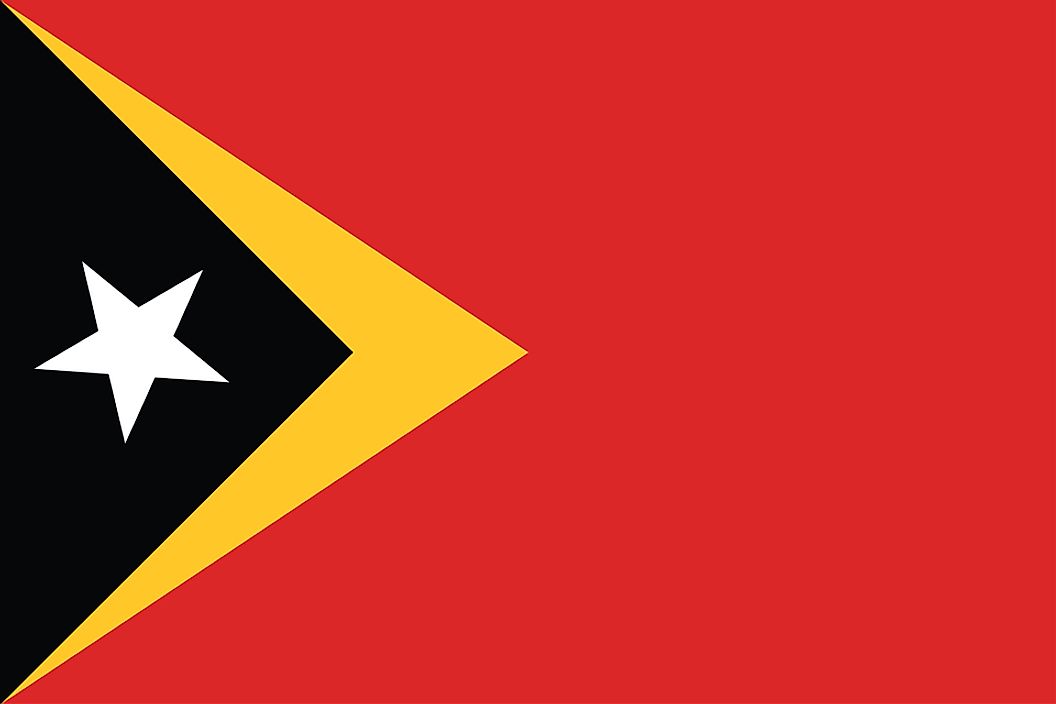What Type of Government Does Timor-Leste Have?

Timor-Leste, also known as East Timor, is a small sovereign nation located in Southeast Asia and makes up the eastern half of Timor Island. The country gained independence from Portugal in 1975, but was soon invaded by Indonesia, which laid claim to the country. However, the 1999 United Nations supported referendum in the island country resulted in the expulsion of Indonesia from East Timor, and enabled the country to adopt its first constitution in 2002.
The Constitution of Timor-Leste
The Constitution of Timor-Leste is the supreme law of the country, and all other laws and legislations are subordinate to it. Timor Leste promulgated its constitution in 2002, which was drafted by an elected body known as the Constituent Assembly in 2001. The constitution is written in the two official languages of Timor-Leste, Portuguese and Tetum, and is divided into seven parts.
Executive Branch of Government
The executive branch is mandated to implement government policies both locally and internationally. According to Part III of the constitution, the executive is comprised of the president, prime minister, and Council of Ministers. The president of Timor-Leste is elected through a majority vote in democratic elections conducted through universal adult suffrage to serve a five-year term. Although the president is required to appoint the prime minister, the president has limited executive authority. However, the constitution has empowered the president to veto legislation. The prime minister is the leader of the Council of Ministers and is appointed through general elections, which requires his or her party to win a majority in the legislative assembly. The primary role of the prime minister is to supervise government activities. The Council of Ministers is made up of 19 ministers who lead their respective ministries and are deputized by vice-ministers.
Legislative Branch of Government
Part III of the constitution provides for the establishment of the legislature, which is the arm of government whose primary role is the formulation of legislation. Timor-Leste's legislature is made of a unicameral (single-chambered) parliament and is officially known as the National Parliament. East Timor’s parliament is made up of 65 seats, all of which are reserved for elected members. The members of parliament are elected through party-list proportional representation system, with all Timor-Leste residents over the age of 17 years participating in the elections. Successful candidates are elected to serve a five-year term. The elected members are drawn from the major political parties in the country. The president is empowered by the constitution with limited legislative authority where he or she can veto legislation. However, the national parliament can still override such legislation. The prime minister is drawn from the leader of the party with a majority in the national parliament. However, in the event where no single party has a majority membership, all members of parliament are required by law to elect a prime minister.
Judicial Branch of Government
The highest court in Timor-Leste is the supreme court, which is made up of the court’s president and other judges. The president of the country appoints the president of the court to serve for a four-year term. Other judges of the supreme court are appointed by the parliament and the supreme council for the judiciary. Other subordinate courts in the country include the court of appeal, high administrative, tax and audit court, military courts, magistrates' courts, and the district courts. In 2003 the country, in conjunction with the UN justice system program, implemented a legal reform to strengthen the country’s legal system.
Administrative Divisions
Timor-Leste is divided into 13 administrative divisions known as municipalities. These include: Manufahi, Cova Lima, Aileu, Bobonaro, Baucau, Dili, Oecusse, Ainaro, Liquica, Manatuto, Lautem, Ermera, and Viqueque. These municipalities are further divided into 65 sub-districts.
Political Parties
The Constitution of Timor-Leste provides for multi-party democracy, and hence there are more than ten political parties in the country. The three major political parties with a combined 63 out of 65 members of the national parliament include the Frente Revolucionaria de Timor-Leste (FreTiLIn), the Democratic Party in Timor-Leste and the Congresso Nacional de Reconstrucao de Timor (CNRT).











